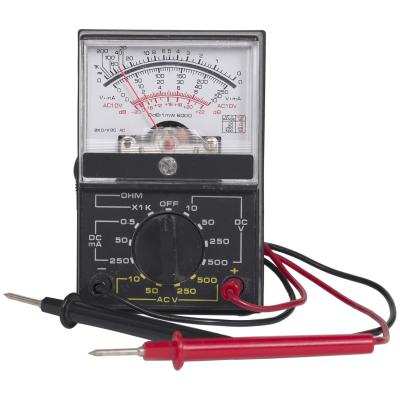
Waking up to a dead car battery is frustrating, especially if it happens more than once. If your car starts when jumped and appears to keep its charge throughout the day, only to lose it overnight, you may have a short draining battery. Some simple diagnostics can help you locate the source of the drain.
Remove the battery cable from the negative battery terminal and connect the voltmeter to the terminal.
The reading on the voltmeter should read less than 50 milliamperes with the key in the off position.
If the reading is greater than 50 milliamps, check to see that all internal lights are off, there is nothing plugged into the cigarette lighter and that all doors are securely closed.
Once you have ascertained that none of these are causing the energy drain, locate the fuse panel, normally under the driver's side of the dashboard. Consult the owner's manual for details.
Remove the fuses one at a time, noting the effect on the voltmeter reading and replacing each fuse in its slot before removing the next. The fuse that when removed causes the meter to drop below 50 milliamperes is the problem fuse. Check the owner's manual to determine which circuit corresponds to that fuse.
Once you have determined what is attached to that circuit, replace or repair the indicated parts as needed. Repeat the test above after repair is made to be sure that the battery drain has been resolved.